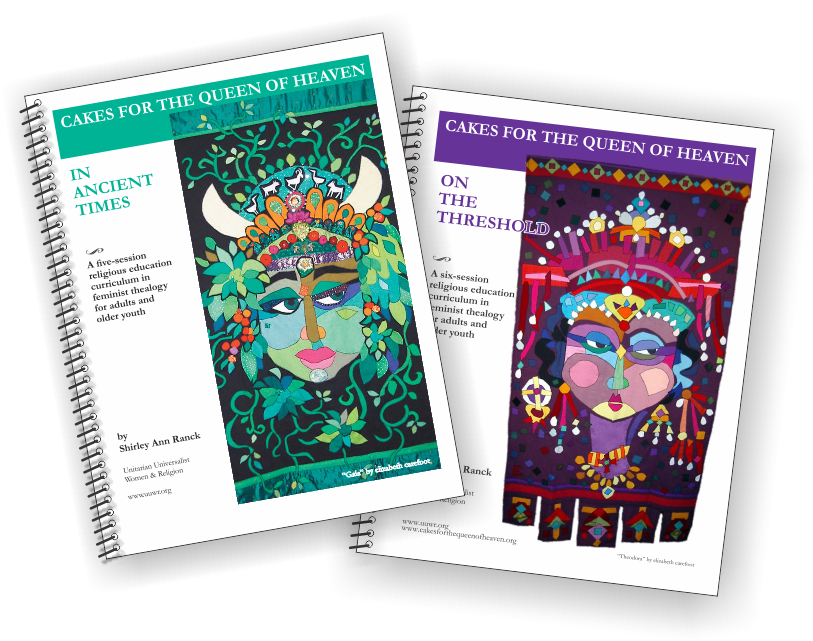THE REDISCOVERY OF MARGARET FULLER
By Joseph Jay Deiss, Christian Science Monitor, January 21, 1974
These are days when Margaret Fuller, America's first liberated woman, may well come into her own at last — that full flowering she found so impossible even in transcendental New England. The current rediscovery of Margaret coincides with the demands of our times. She was a woman who defied a man's world to express herself as a woman. In her short life (1810-1850) she did her "own thing" in Cambridge, in Boston, in New York, in Europe — to the horror of many and the delight of some.
Always candid about her feelings, she wrote to her friend William Henry Channing - "I love best to be a woman, but womanhood at present is too straitly bound to give me scope. At hours I live truly as a woman, at others I stifle. . . Men disappoint me so. I weary in this playground of boys! . . . I wish I were a man and then there would be one."
Margaret stretched the bounds of 19th-century womanhood to its limits. Her life was full of firsts for an American woman. She was the first woman to be admitted to the Harvard College library. She was the first woman in a public position to deplore the evil treatment of red men. As editor of the transcendentalist Dial, she was the first woman magazine editor. As crusading columnist and critic for Horace Greeley's New York Tribune, she was not only the first woman journalist but the first paid literary critic of either sex. Traveling abroad for Greeley, she was the first woman foreign correspondent.
Her dispatches covering the French siege of Rome in 1849 made her the first woman war correspondent. She became an underground agent of the exiled Italian patriot Giuseppe Mazzini, and thus the first American woman partisan in a foreign revolution. Her book, Woman in the Nineteenth Century (1845), was the first vigorous plea for women's rights in America; it was a sensation.
It could not have failed to vex and stir her contemporaries when she flatly demanded “We would have every arbitrary barrier thrown down. We would have every path laid open to Woman as freely as to Man.” One of her extraordinary insights especially enraged the male chauvinists of her time. “There is no wholly masculine man, no purely feminine woman.”
Margaret and Ralph Waldo Emerson were intimate friends, as newly published letters have shown. Yet he considered her “strange, cold-warm, attractive-repelling.” He ignored her grace and elegance and could not understand why European men found her fascinating.
For this reason he was shocked by the belated news of Margaret's marriage to an Italian nobleman. Giovanni Angelo Ossoli was a decade younger, a marquis, and a follower of Mazzini, defying his aristocratic Papal family. Angelo fought on the walls of Rome — while Margaret, as directress of a military hospital, dreaded the arrival of every cartload of wounded.
When eventually the French invaders breached the walls and proclaimed the temporal restoration of Pope Pius IX, Angelo and Margaret escaped with their lives. Amazingly Margaret was able to provide an American passport not only for her Angelo but for the much-hunted Giuseppe Mazzini himself.
Angelo had been disinherited and Margaret had been dropped from the Tribune, so they were almost totally without funds. Nevertheless Margaret completed her book, A History of the Roman Liberation and then, against the advice of Emerson, took passage for America to sell the manuscript. The night before landing in New York, the ship was driven ashore on Fire Island by a gale. Margaret refused rescue without her husband and child. The baby's body was washed on the beach still warm, but the bodies of Angelo and Margaret were never found.
While Emerson wrote plaintively in his journal, “I have lost in her my audience,” another of Margaret's friends, Henry David Thoreau, rushed to Fire Island to search the sands for her manuscript. Only her unconstrained love letters, in Italian, turned up. The undoubtedly great historical work had disappeared forever.
Shortly after Margaret's death, Emerson, with William Henry Channing and James Freeman Clarke, undertook to edit a so-called Memoirs of Margaret Fuller Ossoli. However well-intentioned, the result was a disaster for Margaret. Her letters and journals were so scissored and blue-penciled that the warm and human Margaret became hardly recognizable. A false image, an egocentric intellectual, had taken her place. That image has persisted until recent years when a fresh appraisal, with new facts, has begun.
Once Margaret wrote "I remembered how, a little child, I had stopped myself on the stairs and asked, ‘how came I here? How is it that I seem to be this Margaret Fuller? What does it mean? What shall I do about it?”
In retrospect, she was writing not about herself alone, but about all those who seek meaning in life —then and now. For herself, by her actions, she answered the questions. For us, it is our good fortune that she can help us to answer the same questions for ourselves.
Joseph Jay Deiss, former vice-director of the American Academy in Rome, has written “The Roman Years of Margaret Fuller,” “Herculaneum, Italy's Buried Treasure,” “The Great Infidel Frederick II.”
Reproduced with permission of the copyright owner. Further reproduction, other than for use with the Learning activities, is prohibited without permission.


